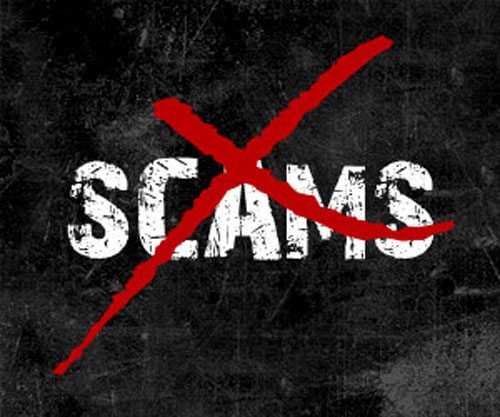
August 3, 2017; KGW
It’s an odd tale that NPQ has seen time and again. A wealthy donor comes out of nowhere and promises a nonprofit oodles of money. It all seems too good to be true, and unfortunately for the nonprofit, that’s just the case. A Portland, Oregon nonprofit, Lift for the 22, is the latest victim of such a faux donor scam.
Lift for the 22 provides gym memberships for veterans to help them transition back into daily life as well as prevent suicide. (The “22” refers to the purported average number of veteran suicides each day; it’s not quite that simple, but we digress.) While the program is successful, with around 700 veterans benefitting from the nonprofit, there is still a long waiting list of 350 vets.
In comes Garyn Bowen, a supposedly wealthy 22-year-old businessman, who first got involved with Lift for the 22 by participating in the workout programs with other veterans. After several workout sessions, he eventually pledged a $425,000 gift to the organization, and even claimed he was going to be able to get a match from the supplement retailer GNC.
Naturally, the organization was thrilled. They would now not only be able to get veterans off of the waiting list, but also have enough funds saved up for future requests. The organization did not feel the need to dig into Bowen’s credibility, since he had been a program participant and the staff was familiar with him.
Sign up for our free newsletters
Subscribe to NPQ's newsletters to have our top stories delivered directly to your inbox.
By signing up, you agree to our privacy policy and terms of use, and to receive messages from NPQ and our partners.
Dennis Wright, a Lift for the 22 cofounder, said, “He had business cards, he had emails that worked, so we didn’t really feel the need to vet him any further than that because all he was trying to do was to support us. It was believable. He had a good game.”
Lift for the 22 celebrated the donation with a check presentation live-streamed on Facebook and praised Bowen in front of the community. But the check never came. After several attempts, it became clear something was wrong, but when a participant’s wallet went missing and Bowen was caught on camera purchasing equipment at Best Buy with the participant’s credit card, it became abundantly clear that Lift for the 22 was the victim of a con artist.
It’s a strange situation for nonprofit organizations to find themselves in. On the one hand, there’s a feeling that donors are doing the nonprofit a favor by donating funds so asking too many questions can perhaps seem ungrateful. On the other, the nonprofit depends on those funds, so if they don’t come through, the business is at a loss and the important services the nonprofit provides are impacted. Moreover, it is the nonprofit that often loses credibility in the public eye after these scams, adding further insult to injury.
As NPQ previously noted, given the frequency of these bizarre faux donor scams, nonprofits should consider implementing a gift acceptance policy. This could include doing background checks on donors as well as taking the time to vet donors before publicly broadcasting large gifts. Nonprofits can also mitigate risk by implementing a cash-on-hand policy for these unexpected large gifts, in which pledged dollars from new donors are not earmarked for expenses until the funds are received. Once a donor has proved their credibility, this policy can be waived. Lastly, as these cases show, faux donors tend to have a history of this behavior. The nonprofit community can work together to identify scammers and learn from each other.— Sheela Nimishakavi












